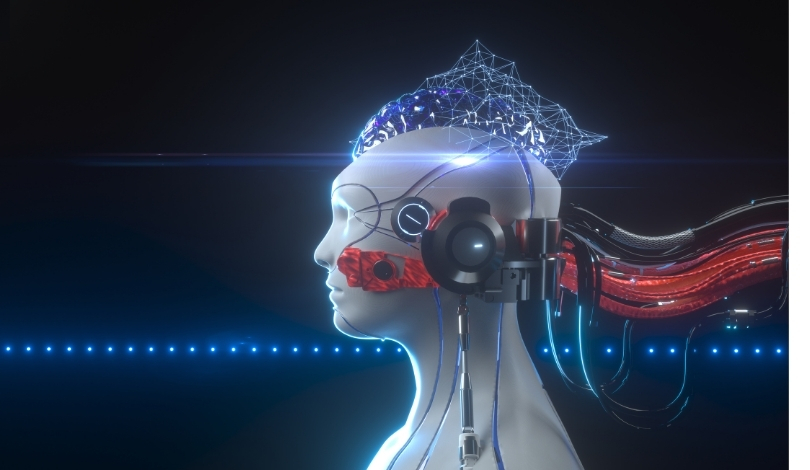Artificial intelligence must interpret and synthesize a variety of real-world inputs if robots are to operate efficiently in complex settings. A new tool called EBIND, introduced by Encord, is designed to help AI teams better handle this challenge. This embedding model is aimed at enhancing multimodal systems such as autonomous vehicles and industrial robots by combining five data types—including images, audio, video, text, and 3D point clouds—into one unified framework. Encord’s focus is on increasing the accessibility and practicability of these models for developers working in robotics, manufacturing, logistics, and beyond. With interest in robotics and embedded AI growing, tools that allow more seamless interaction with mixed data streams are needed to bridge the gap between human and machine perception.
While earlier announcements about multimodal AI mainly centered around enhancing language models or pairing images and text, few provided robust support for additional modalities such as 3D point clouds or open-source tools at scale. Many prior solutions for multimodal tasks were also limited by dataset size or computational expense, preventing widespread adoption. Encord’s release of EBIND, underpinned by the vast E-MM1 dataset, expands the multimodal space by emphasizing both scale and deployability on local systems, not only cloud computing setups. By supporting a broader set of real-world sensory inputs, the model addresses limitations noted in earlier projects that struggled with either efficiency or data diversity.
What Distinguishes EBIND’s Data Handling Capabilities?
EBIND is built upon Encord’s E-MM1 dataset, reportedly the largest open-source multimodal dataset available. The platform allows for cross-modal retrieval, meaning data in one mode (like audio) can be located using another (like text or images). This versatility extends to 3D lidar, enabling developers to build applications that, for instance, estimate an object’s shape from a picture or match a sound to its source in three-dimensional space. Eric Landau, CEO of Encord, explained the data assembly process, noting the challenge and importance of compiling such varied, paired data sets.
How Does Open-Source Access Affect Adoption?
Encord announced EBIND as open-source, making advanced multimodal AI more widely available. By reducing the technical and financial barriers traditionally faced by AI teams, the company seeks rapid uptake in educational, startup, and enterprise environments.
“We are very proud of the highly competitive embedding model our team has created, and even more pleased to further democratize innovation in multimodal AI by making it open source,”
stated Ulrik Stig Hansen, Encord’s president. Open-source access enables users to experiment locally, aiding use cases where data privacy or latency are a concern.
Which Sectors Can Benefit from EBIND Integration?
The scope of EBIND’s application includes helping large language models (LLMs) analyze diverse content, improving autonomous vehicle and robotics systems, and enhancing functions such as multimedia quality control and cross-modal search. The ability to handle tactile, olfactory, or non-traditional data sources is also under review, with ongoing plans to diversify the languages represented in datasets.
“Our focus are these applications where AI is embodied in the real world, and we’re agnostic to the form that it takes,”
said Landau regarding projects with partners like Toyota and Synthesia.
AI agents that can reliably interpret and correlate multimodal input are increasingly vital as robotics, healthcare, logistics, and other sectors demand more autonomous decision-making. Current iterations of EBIND offer efficient performance at a lower cost per data item and allow use on local infrastructure, potentially making real-time inference more practical across industries that limit cloud reliance. For developers, this means faster iteration cycles and the ability to build systems that approach the sensory integration experienced by humans.
Recent momentum in open-source, multimodal models reflects both technological progress and widespread demand for adaptable, efficient tools in physical and digital AI systems. Users should be aware that, while EBIND’s support for five modalities and 100x larger training datasets than prior models represent meaningful progress, adoption will also depend on factors like dataset governance, licensing clarity, and hardware compatibility. To maximize benefits, teams may combine EBIND’s capabilities with domain-specific expertise and continued curation of diverse sensory data. For those developing embodied AI or robotics, cost-efficient multimodal systems that emphasize flexibility and accuracy could help bridge many persistent gaps between artificial and human perception in challenging environments.








